5 Things That Could Slow Your EV’s Home Charging Speeds

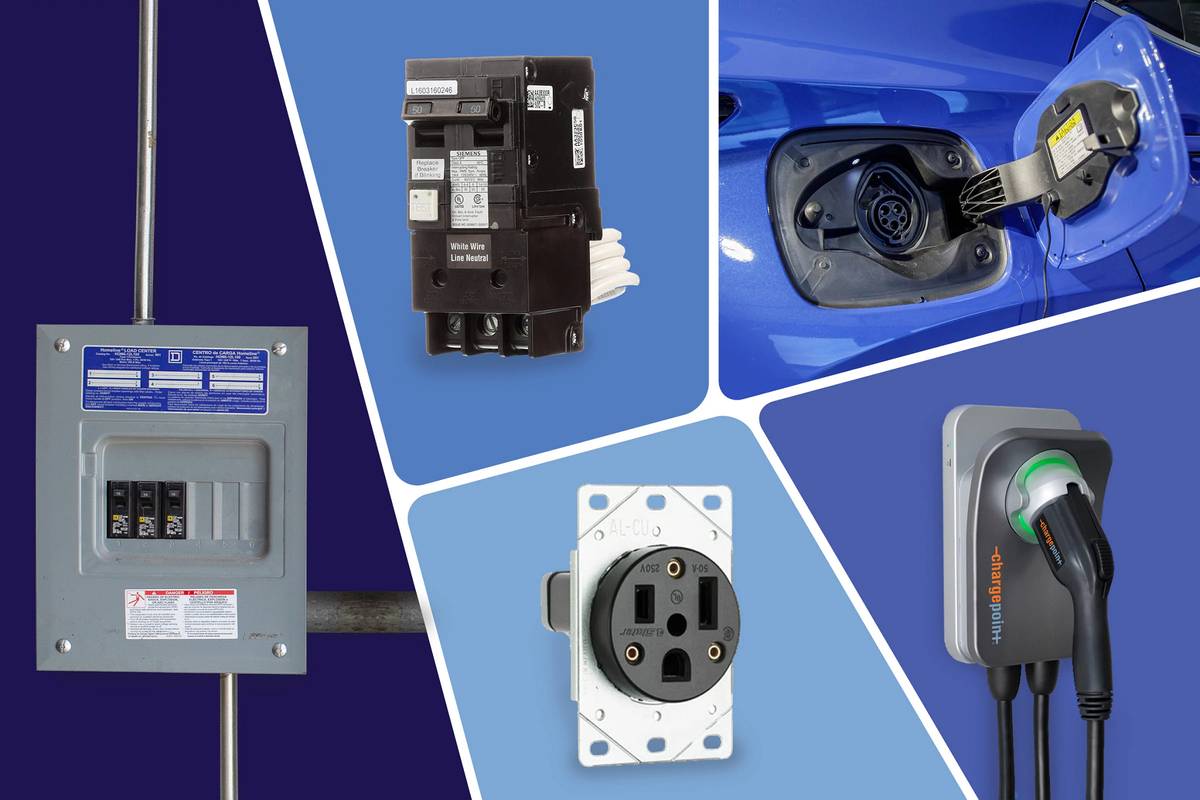
If you want to be a satisfied electric vehicle owner, charging at home is a necessity, and when it’s a pure EV as opposed to a plug-in hybrid electric vehicle, 240 volts — which homes already use to power appliances like a clothes dryer, air conditioner or oven — are required to fill the larger battery pack in a reasonable period. For reasons we’ll explain later, we recommend 240 volts for a PHEV, too.
Related: More EV News
When charging with 240 volts, commonly called Level 2 in the EV world, there are many potential choke points for power flow between the grid and your new car. Here are five main things that dictate how quickly your electric car adds range when you charge at home:
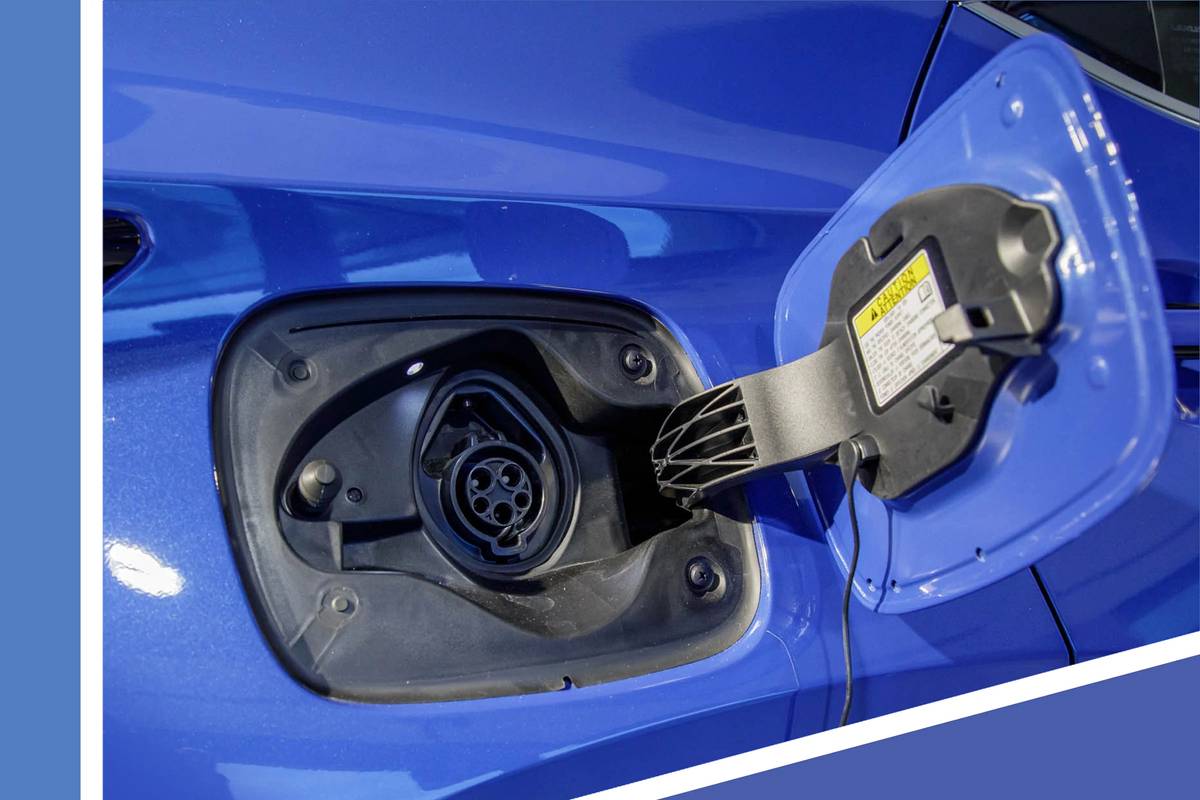
1. The EV Itself
It might seem like we’re starting from the wrong end, but the electric car itself can be a terrible bottleneck even if you supply it with plenty of power. Each plug-in vehicle has a maximum charging rate for alternating current (AC), which encompasses both 120 volts and 240 volts, also known as Level 1 and Level 2. (If the car is capable of public DC fast charging, there’s a different and much higher rate for that, but it doesn’t apply to what you can accomplish at home.)
The vehicle’s charging rate is given in watts — specifically in kilowatts, which merely removes some zeros. When the Nissan Leaf made its 2011 debut, its maximum charging rate was a paltry 3.3 kW (3,300 watts) for a small battery and only 72 miles of estimated range. Nowadays, roughly 7.2 kW is more common for pure EVs with longer ranges, and newer models are pushing past 10 kW; the Ford Mustang Mach-E debuted with 10.5 kW and the Volkswagen ID.4 with 11 kW. The more power the car can accept, the faster it can charge. The actual component with this rating is one you can’t see: the vehicle’s onboard charger module, which converts AC to direct current (DC) and manages the charging rate. Batteries are DC and the grid is AC, so this step is necessary. Why aren’t all of these onboard charger modules 19.2 kW, the highest possible in the Level 2 standard? Because the higher their capacity, the greater the modules’ cost, size and weight, things automakers are stingy with.
If you haven’t outfitted your house for charging yet, make sure you find out the car’s maximum AC charging rate because it will help you determine your needs in No. 2 below, and beyond. Typically a given model will have one rate, but sometimes the manufacturer will offer increased capacity as an option or include it with a larger battery pack to make sure it can be filled quickly enough.
Before moving on, we’ve not yet said anything about how many miles you can add every hour. That’s because it varies with the amount of power you feed the vehicle and — most important — the vehicle’s efficiency. Apart from the issue of an electric car’s charging rate, how many miles you get for a given amount of power depends on how efficient the car is. The same is true of gas-powered vehicles, but it was never a concern because you can add hundreds of miles of range literally within a few minutes at a gas pump. But imagine if you could add gasoline only through a drink-box straw for five minutes. Which gas-powered vehicle would have more range after that period — a Toyota Corolla or a pickup truck?
The same is true for EVs, but it doesn’t require dramatic differences in size for one model to charge faster than another. For example, Teslas tend to be very efficient, as reflected in their EPA mpg-equivalent ratings — so as a result, they may charge faster than comparable, less efficient vehicles when fed the same amount of power. We mention this efficiency factor in part because automakers have begun to compensate for inefficiency by increasing charging rates. It solves one problem, but not the core one.
Suffice it to say, charging at 6.6 kW is twice as fast as 3.3 kW, so whatever the car in question can accomplish at one level, increasing it should yield a proportional boost in miles added. In our charge level explainer, we give a general idea of the times involved in Level 1, Level 2 and DC fast charging.
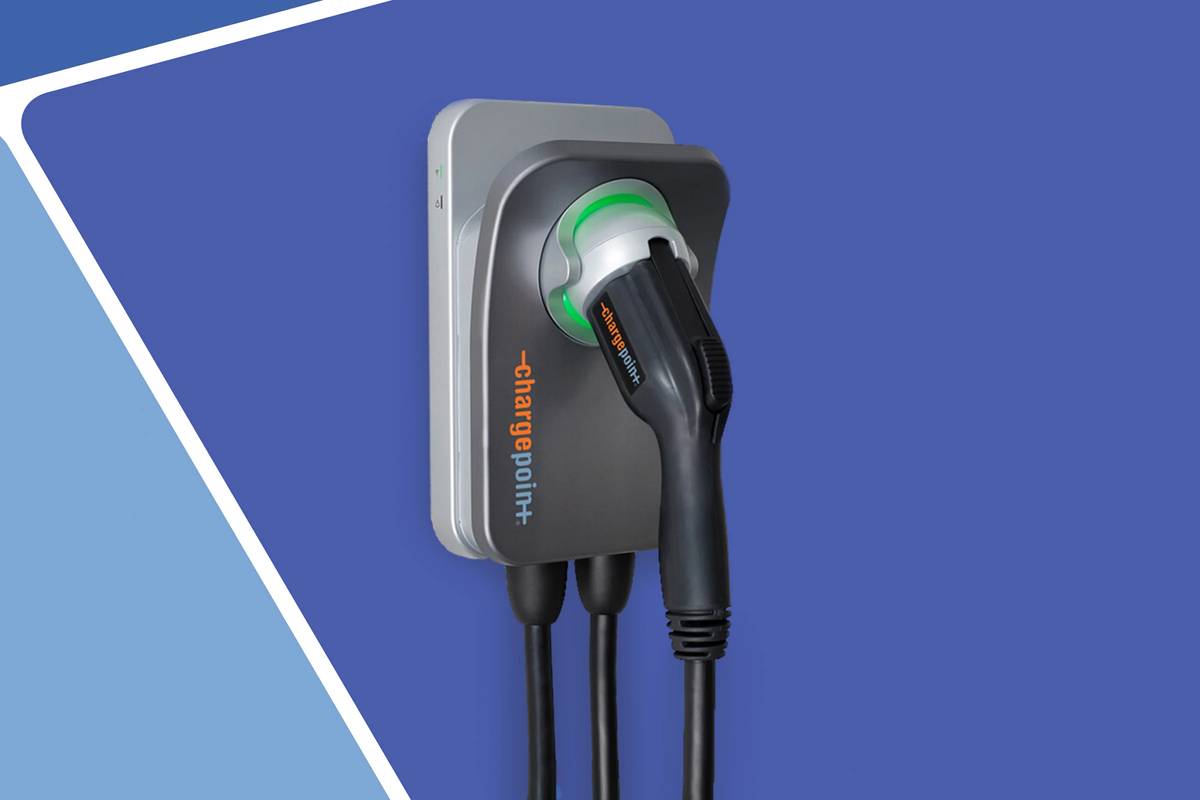
2. The Charging Hardware
You’ll notice we called it the charging hardware. That’s because the charger technically is the module discussed above that’s built into the car, not the box on the wall with the long cable. The box is an EVSE, which stands for electric vehicle service equipment or supply equipment … which might explain why everyone just calls it the charger.
This Level 2 unit is another potential choke point. The very name “Level 2” suggests consistency, but it unfortunately covers only voltage. The amount of current a given unit provides at 240 volts can vary from 12 to 80 amperes (amps), which when translated into terms we’ve already covered, kilowatts, ranges from 2.8 to 19.2 kW. In miles of range added per hour of charging, using an older Tesla Model S sedan as an example because they used to accept up to 19.2 kW, the difference would be 7 miles of range per hour on the low end and roughly 60 miles on the high end from two devices both known as Level 2. (Naturally, less capable charging hardware is smaller and more affordable.)
You might have followed along with the explanation of kilowatts and charging capacities, but here comes a curveball: Level 2 chargers are usually specified in amps, and there are a lot of them: 12, 16, 20, 24, 32, 40, 48 or 64 amps. We wish we could avoid mathematics, but unfortunately we’re going to have to do a little because manufacturers haven’t figured out yet that we consumers don’t follow this stuff.
The math couldn’t be simpler: Take your 240 volts, multiply it by the amps and you have watts. For example, if you have a Level 2 charger rated at 32 amps, then 240 times 32 equals 7,680 watts, or 7.7 kW. This is a good charger for a car with a maximum charging rate of 7.2 kW or lower. You never have to worry about giving an EV too much power; the EVSE and onboard charger are designed to protect your car. Our fixation on maximum charging rate is solely about charging as fast as you can, not about overcharging or “hurting” the car.
Why is the Level 2 rating convention so confusing? Well, there’s sort of a reason. The hardware manufacturer can guarantee only that its unit will pass a given current. The voltage is the electric utility’s responsibility, and it isn’t always going to be exactly 240 volts depending on what electric devices you and your various neighbors are using. The voltage coming into your home might be above or below 240, which is merely a nominal rating. So, understand why they want to sell you a 32-amp EVSE and not a 7.7-kW one: In actual use it could be 7.5 or 7.8 kW. Sadly, some manufacturers still stumble over Nos. 3 and 4 below, but we’ll get to that in a moment.
Pop quiz: Given the above, what would make a good Level 2 unit for the Mustang Mach-E (10.5-kW max charge rate) or ID.4 (11 kW)? Common current ratings for Level 2 chargers are 32, 40 and 48 amps. Forty amps times 240 volts gives us 9.6 kW, which is below both cars’ maximum rates. That wouldn’t be great. But 48 amps works out to 11.52 kW, which leaves nothing on the table.
- ${price_badge()}
- ${ami_badge()}
- ${battery_badge()}${ev_report_link()}
- ${hot_car_badge()}
- ${award_badge()}
- ${cpo_badge()}
${price_badge_description}
${ami_badge_description}
The EV Battery Rating is based on this vehicle's current expected range relative to the vehicles expected range when new. ${battery_badge_text}
Certified cars are manufacturer warrantied and typically go through a rigorous multi-point inspection.
This car is likely to sell soon based on the price, features, and condition.
${award_blurb}
${award_two_blurb}
Shop the 2021 Ford Mustang Mach-E near you


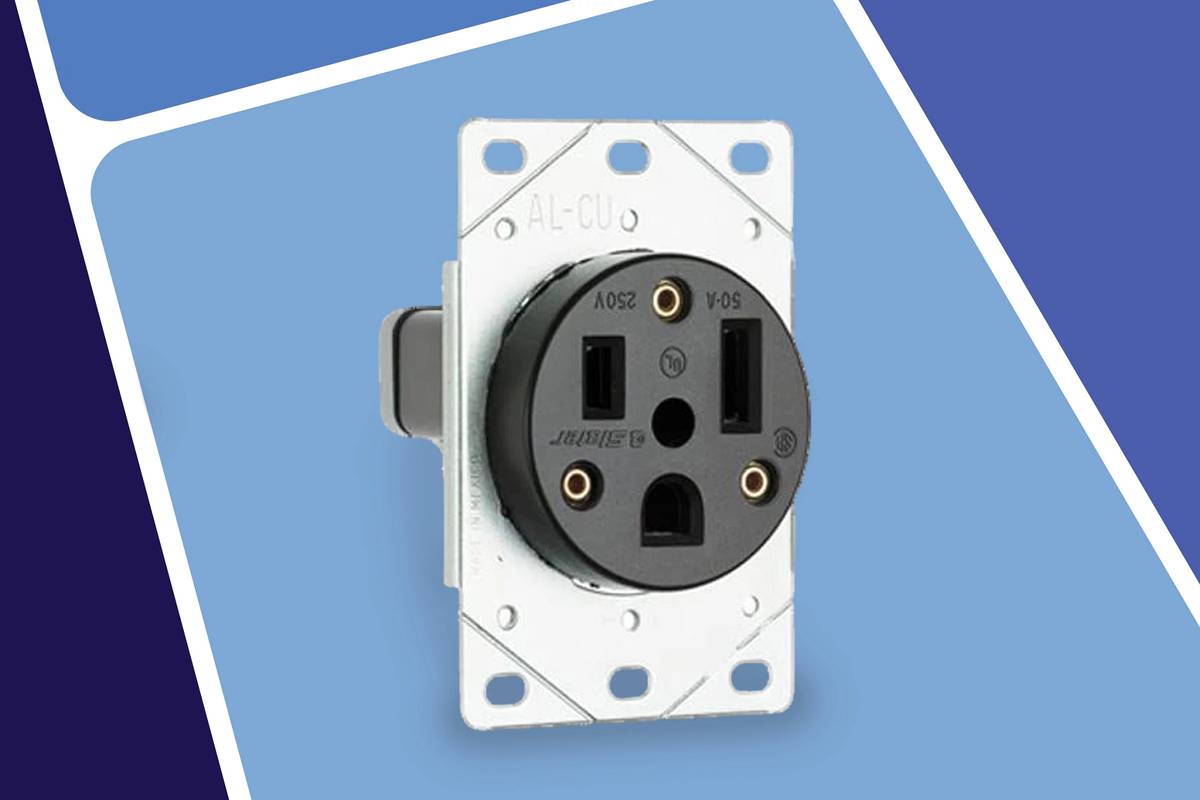
3. and 4. The Circuit and Breaker
It doesn’t matter if your car and charger are capable of high power levels if you don’t have a dedicated circuit that can provide them with that power. Here again, like with the charger, voltage is only part of the equation. Each 240-volt circuit has a current limit dictated by the gauge (diameter) of its wires and how far they run from the electric service panel (also known as the fuse box) to where you intend to charge your car. We won’t get too deep into electric theory, but the basics make clear why this is necessary: Inadequate wiring presents too much resistance to the flow of current, which results in the generation of heat and the risk of damage or fire.
An electric car is probably the single most power-hungry item you’ll plug into your home. You already know the demands in kilowatts from above. For perspective, hair dryers and space heaters typically top out at 1.5 kW; among 240-volt appliances, a typical electric clothes dryer uses about 3 kW, an electric water heater 4.5 kW and a large central air conditioner 3.8 kW. Only an electric tankless water heater comes close, with demands above 30 kW for high-capacity units.
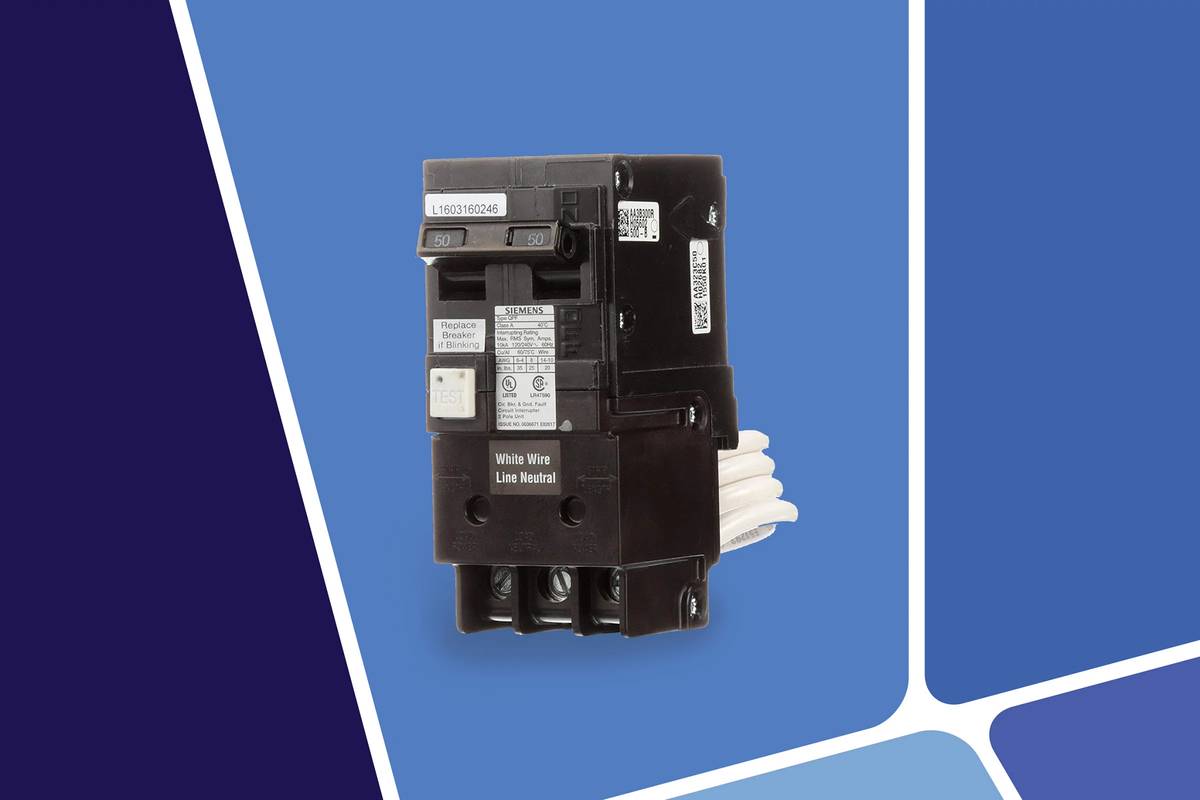
What this tells us is that you’re not likely to have a 240-volt circuit in your house or garage rated high enough to exploit the full charging capacity of today’s EVs unless you’ve been doing some serious welding. Simply put, the wiring has to be robust enough for the current demands of vehicle charging, and robust wiring might in turn require larger conduit than you have now. It all depends on the electrical code, which varies by state (even though there are national standards). If the Level 2 charger is rated at 32 amps, then it will require a 40-amp circuit breaker. A 40-amp unit requires a 50-amp breaker. The circuit breaker always provides roughly 25% of headroom.
Unfortunately, this can cause more confusion when the time comes to purchase or install a charger because you have to determine whether the rating given is for the unit’s operation or its circuit. It would be very easy to think you’re buying a charger rated at 40 amps and later learn it’s a 32-amp unit meant for use on a 40-amp circuit. The difference is 1,920 watts of charging power. We provide more details in the post on charging levels.
The reason we’re counting the circuit and breaker as two different parts of the same topic is because each plays a part in what you can install and in future-proofing an installation. Swapping one breaker or outlet for another is simple, but switching wire gauge might not be; every scenario is different.
Using too light wire with a circuit breaker that’s rated too high is a recipe for disaster, but there’s nothing wrong with the opposite: using overrated wire and a given breaker. So if you’re choosing a modest charger to match your car’s modest capabilities, there’s no reason not to prepare for the future by having the electrician install the heavier-gauge wire you might need someday. The difference in price should be negligible and you’ll pay for labor just once. If you ever upgrade your charger to one with higher current capacity, all you need to do is swap the circuit breaker to match, a simple task.
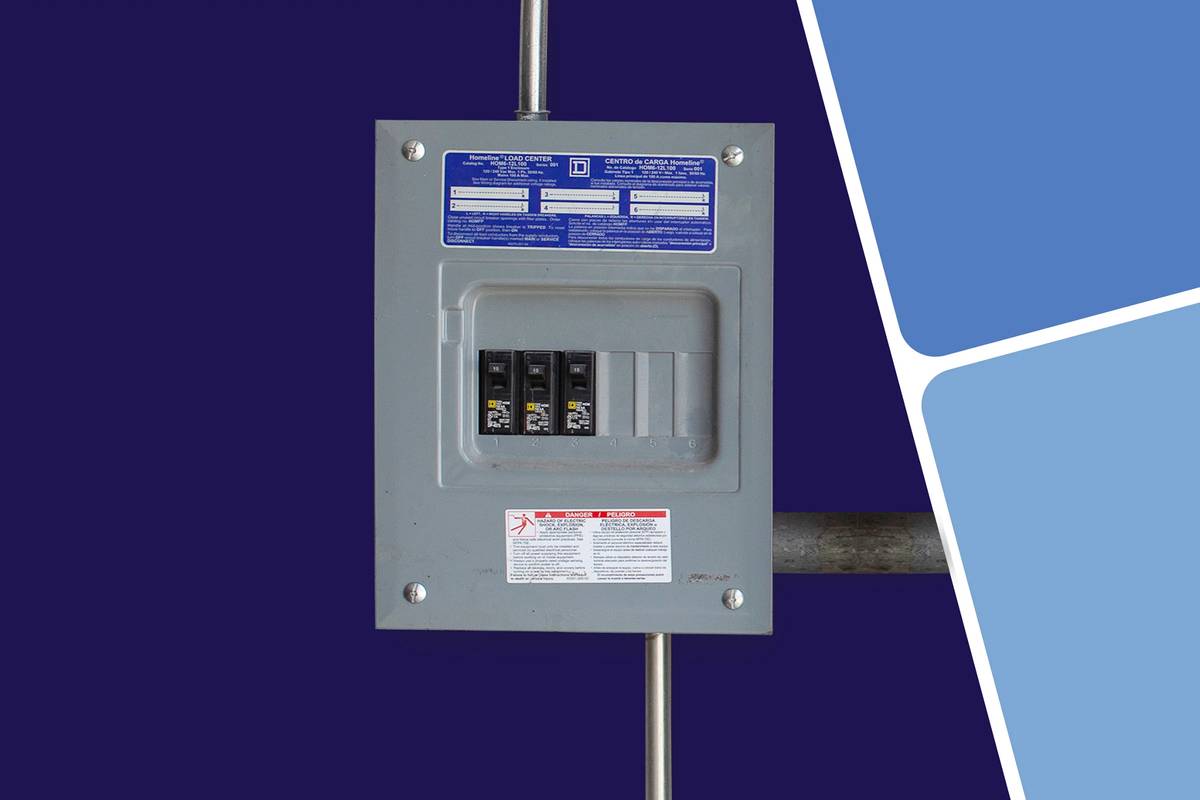
5. The Service (Panel)
Given the increasingly high current demands of mass-market EVs, sometimes you’ll find that your house doesn’t have enough power to spare. Now, whether you’re legitimately not getting enough power or local government is all in your business with endless rules and hoops for you to jump through, ultimately getting you so fed up that you keep driving your old polluting beater, is another question. But the reality is you sometimes find, for example, that you have only 50-amp or 100-amp service, meaning that’s the maximum current your home receives, and you either don’t have enough amps to send as many as you want to your EV charger or — even if you’re not using much of your current capacity — your municipality, condo association or other overlord might force you to upgrade your service before you can proceed.
We can’t speak for all regions, but increasing your home from, say, 100- to 200-amp service doesn’t automatically result in charges from the electric utility itself. (They might be happy to bill you for the extra juice you might draw as a result.) But it does represent a lot of labor and parts to replace a 100-amp service panel with a 200-amp one; that’s your tab to pay, and that’s before any costs associated with installing a charging system.
Then there’s the question of code. As building codes change, existing homes are allowed to remain as they originally were, but as most homeowners know, once you start making changes, you might be required to bring related systems up to current codes, which can be costly. It all depends on how much you intend to do and where you live.
After a lifetime of buying a car and simply stopping at gas stations, it can be annoying having to learn about all of this stuff and work with an electrician and potential additional contractors before you can get the most out of an EV, but in the end you may find you appreciate not stopping at gas stations. Ever.
More From Cars.com:
- Which Electric Cars Are Still Eligible for the $7,500 Federal Tax Credit?
- Electric Cars With the Longest Range
- What’s New With Electric Vehicles for 2021?
- Ford Gives Mustang Mach-E Some Charge Free of Charge
Our Advice
No matter what stage you’re at or which of the potential choke points you’re addressing, we suggest you think about future-proofing. Most of these stages involve significant investment, so if there’s a chance you’ll add another EV or replace the one you have (or will soon buy), getting more charging speed than you currently need might make sense even if it costs more in materials.
For indoor installations, we like plug-in chargers because they simplify switching to a different unit or even traveling with the one you have — though the most powerful Level 2 EVSEs, starting at 48 amps, must be hard-wired.
As noted in Nos. 3 and 4, if you’re paying an electrician to route a new circuit or pull new wires for an EV charger with typical current needs, consider going with heavier-gauge wire than it calls for. The difference in wire cost is minimal and you’ll save labor charges if you decide to upgrade in the future by simply increasing the circuit breaker rating (and possibly the outlet type if you’ve gone with a plug-in charger).
If you keep a modest 240-volt circuit like a 30-amp one meant for a dryer, you need a charger rated for 24 amps at most. Many Level 2 units are designed for one amp rating only, and you can’t use one rated higher than 24 amps on the circuit above. But some chargers have adjustable current settings for use on different circuits (Tesla’s Wall Connector and ChargePoint’s Home Flex are two examples). This type tends to cost a bit more, but the upside is you can buy one and know that it will work both now and even if you upgrade to a higher-current circuit.
As noted up top, many plug-in hybrid owners can get by with 120-volt charging because their vehicles, especially if they’re cars rather than SUVs, have considerably smaller batteries than pure EVs. But we recommend 240-volt charging systems for PHEVs anyway if the cost isn’t out of scope for you, for two reasons: One is that faster AC charging is always better. PHEVs are designed to be most efficient with a charge, and if you park for an hour or two between work and going out for the evening, the more juice you add with Level 2, the greater the chance you’ll never burn gas. PHEVs often have modest maximum charging rates, which translates to more affordable Level 2 chargers and installations, while still minimally doubling Level 1 charging speeds.
But the lesser-known advantage is that 240 volts is required to preheat or precool a vehicle’s cabin when it’s still plugged into the grid before departing — a crucial step to preserve battery charge and range in any plug-in vehicle, especially when it’s particularly hot or cold outside. In our experience, the roughly 1.2 to 1.4 kW provided by a Level 1 charger isn’t enough for cabin heat or air conditioning, and the car dips into its battery reserves even if it’s still plugged in.
Related Video:
Cars.com’s Editorial department is your source for automotive news and reviews. In line with Cars.com’s long-standing ethics policy, editors and reviewers don’t accept gifts or free trips from automakers. The Editorial department is independent of Cars.com’s advertising, sales and sponsored content departments.

Former Executive Editor Joe Wiesenfelder, a Cars.com launch veteran, led the car evaluation effort. He owns a 1984 Mercedes 300D and a 2002 Mazda Miata SE.
Featured stories




